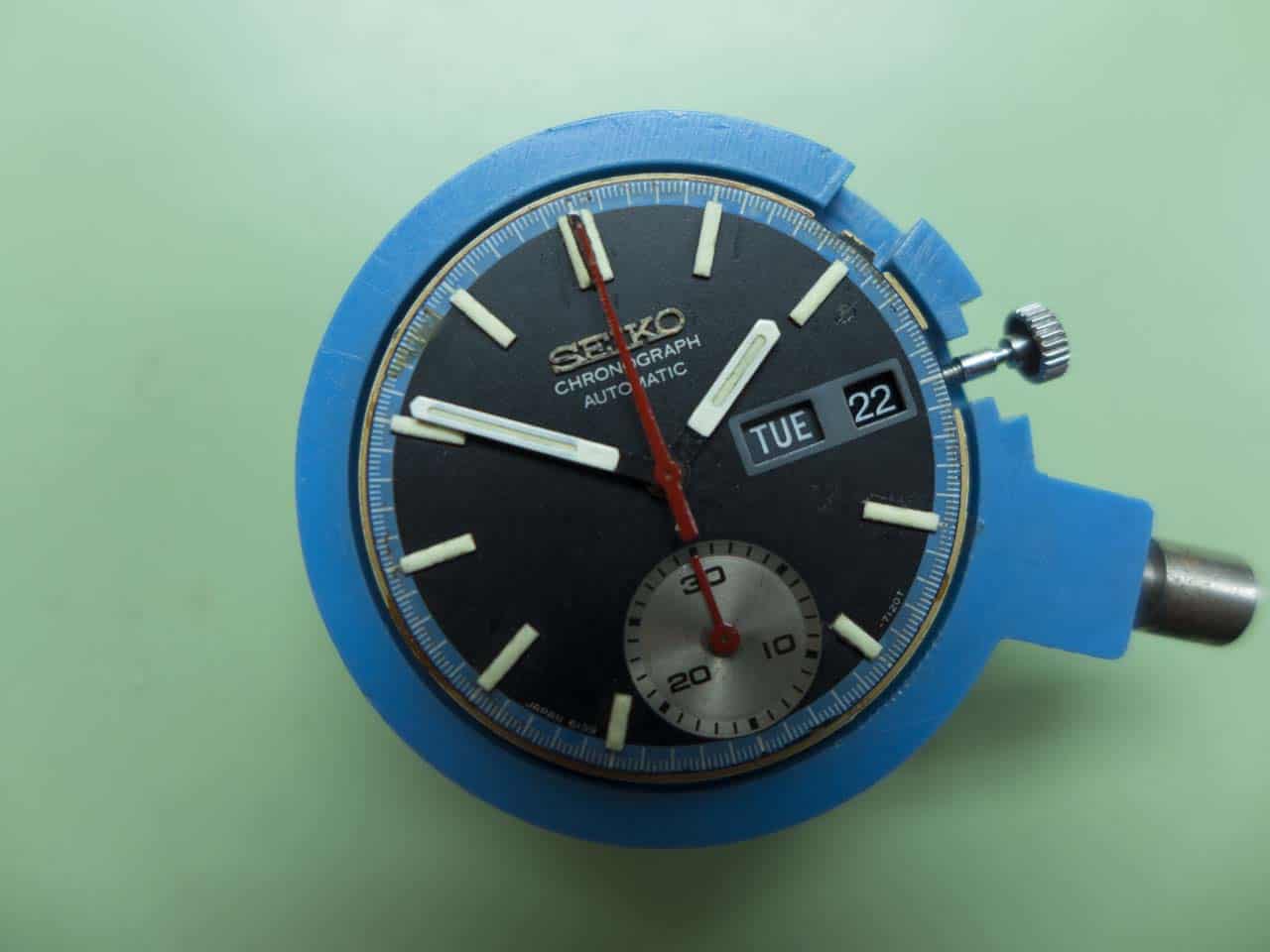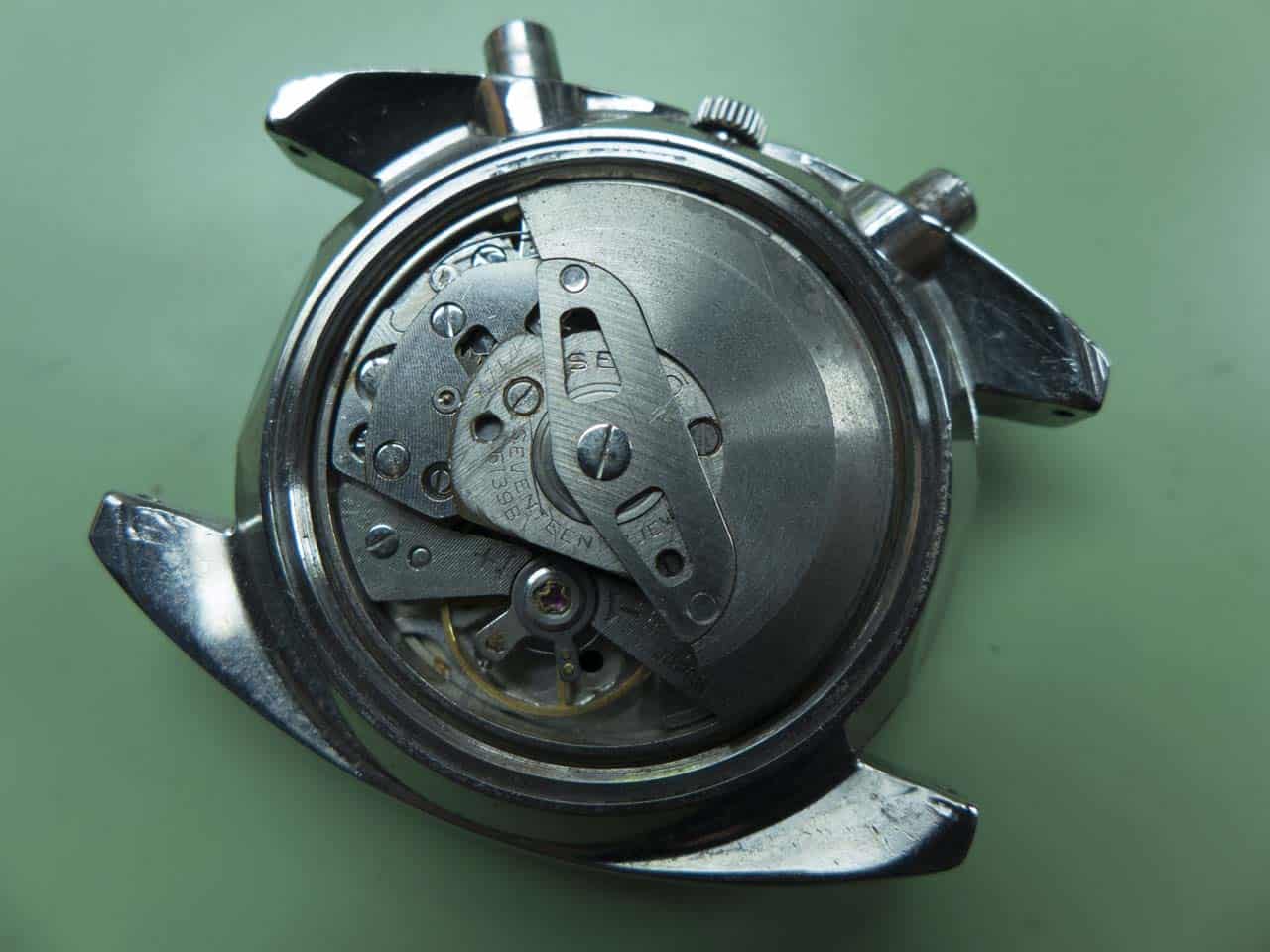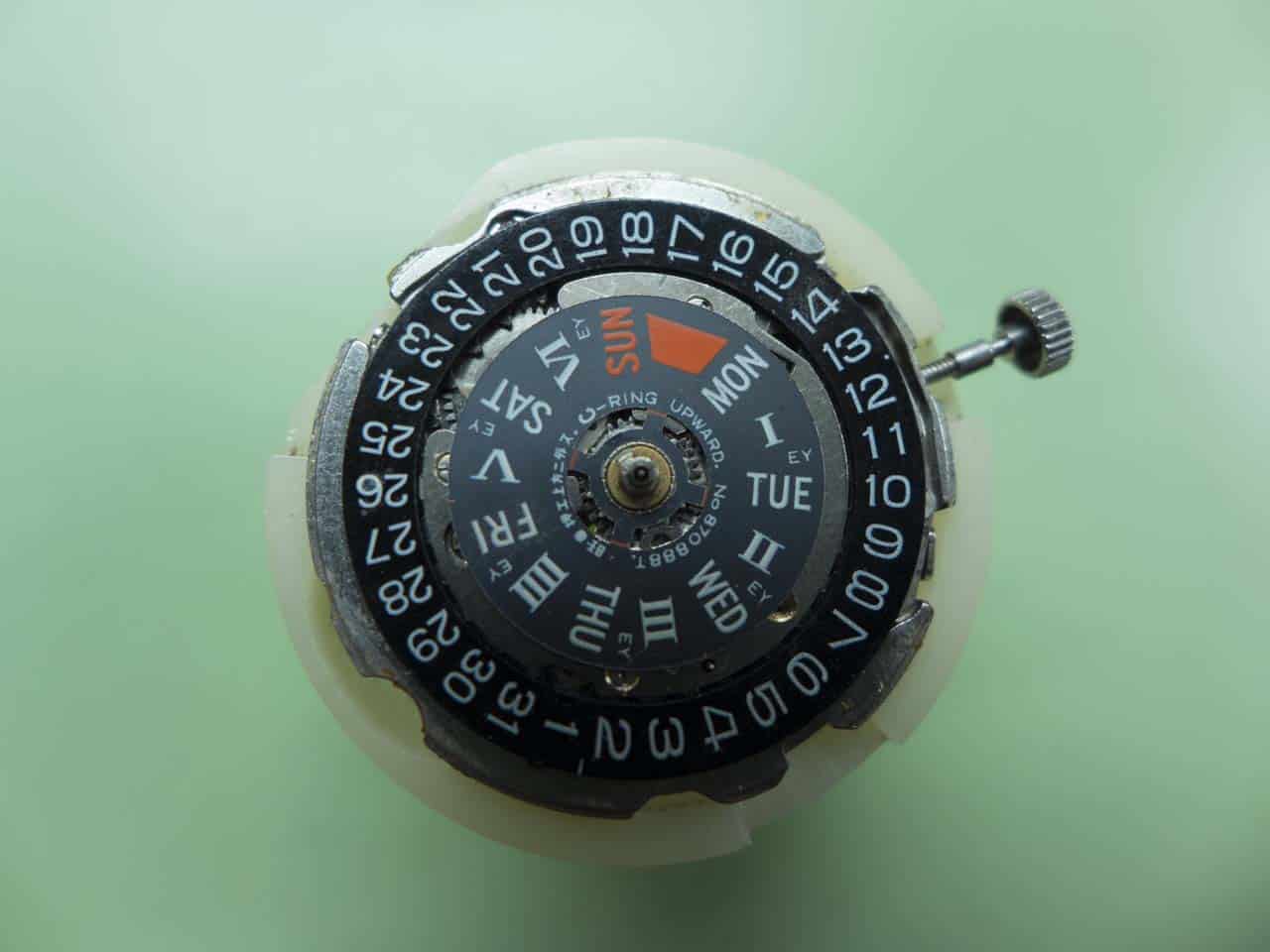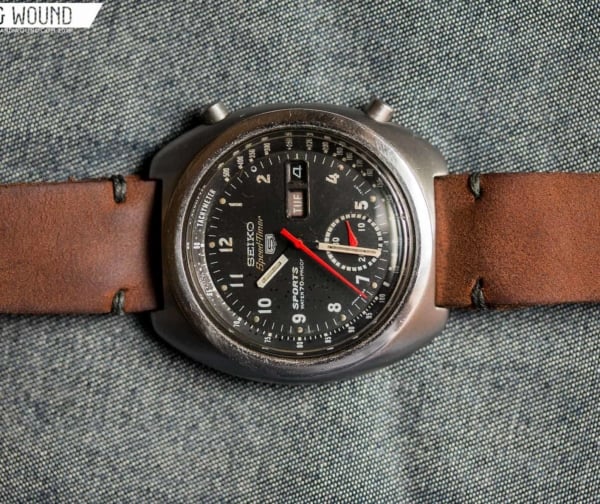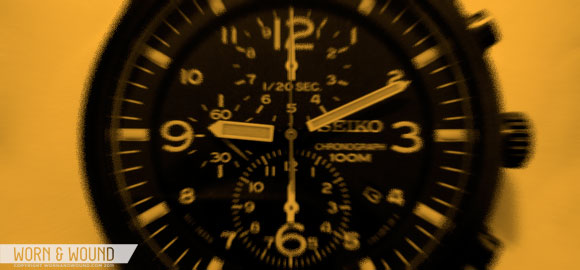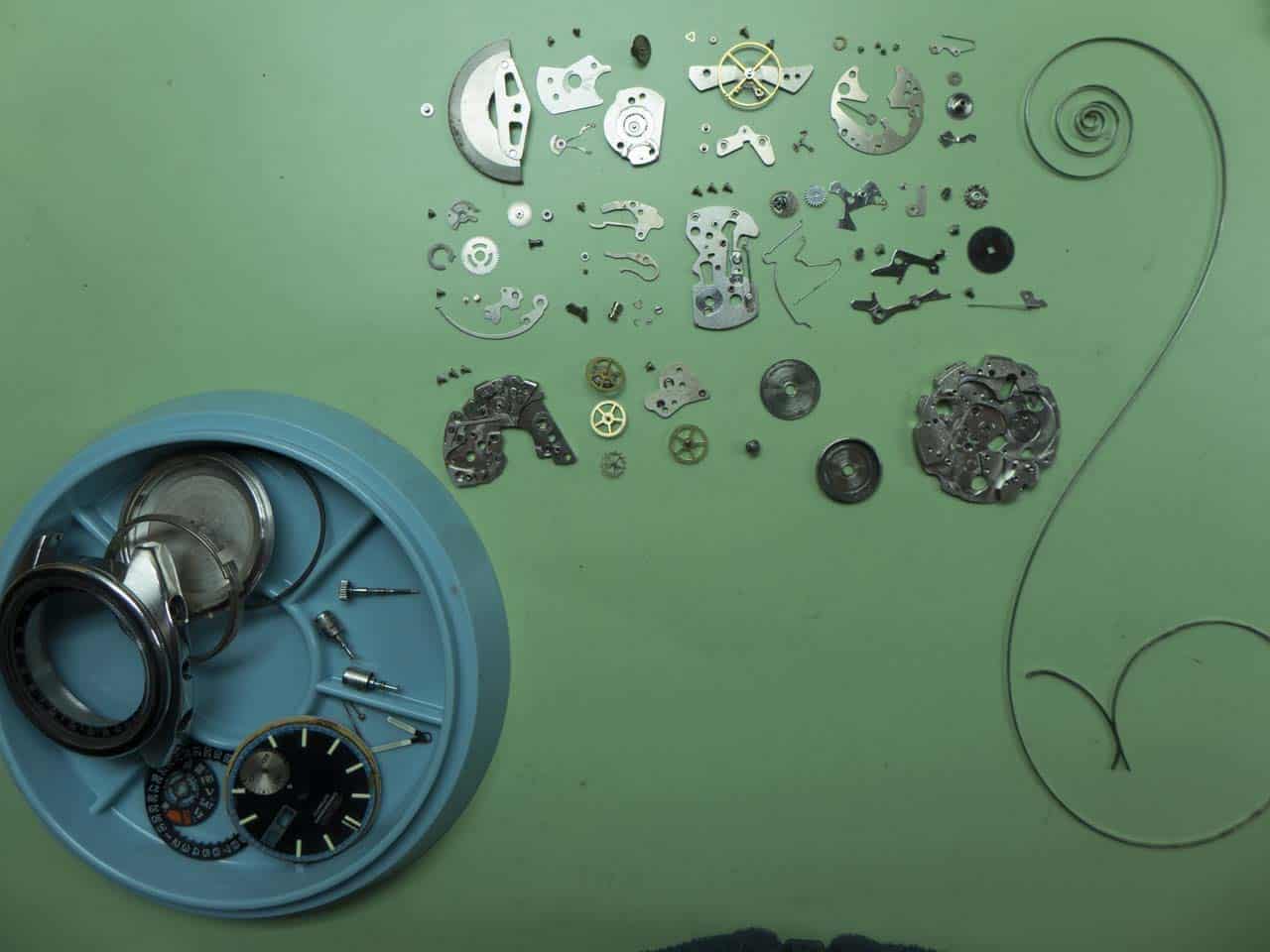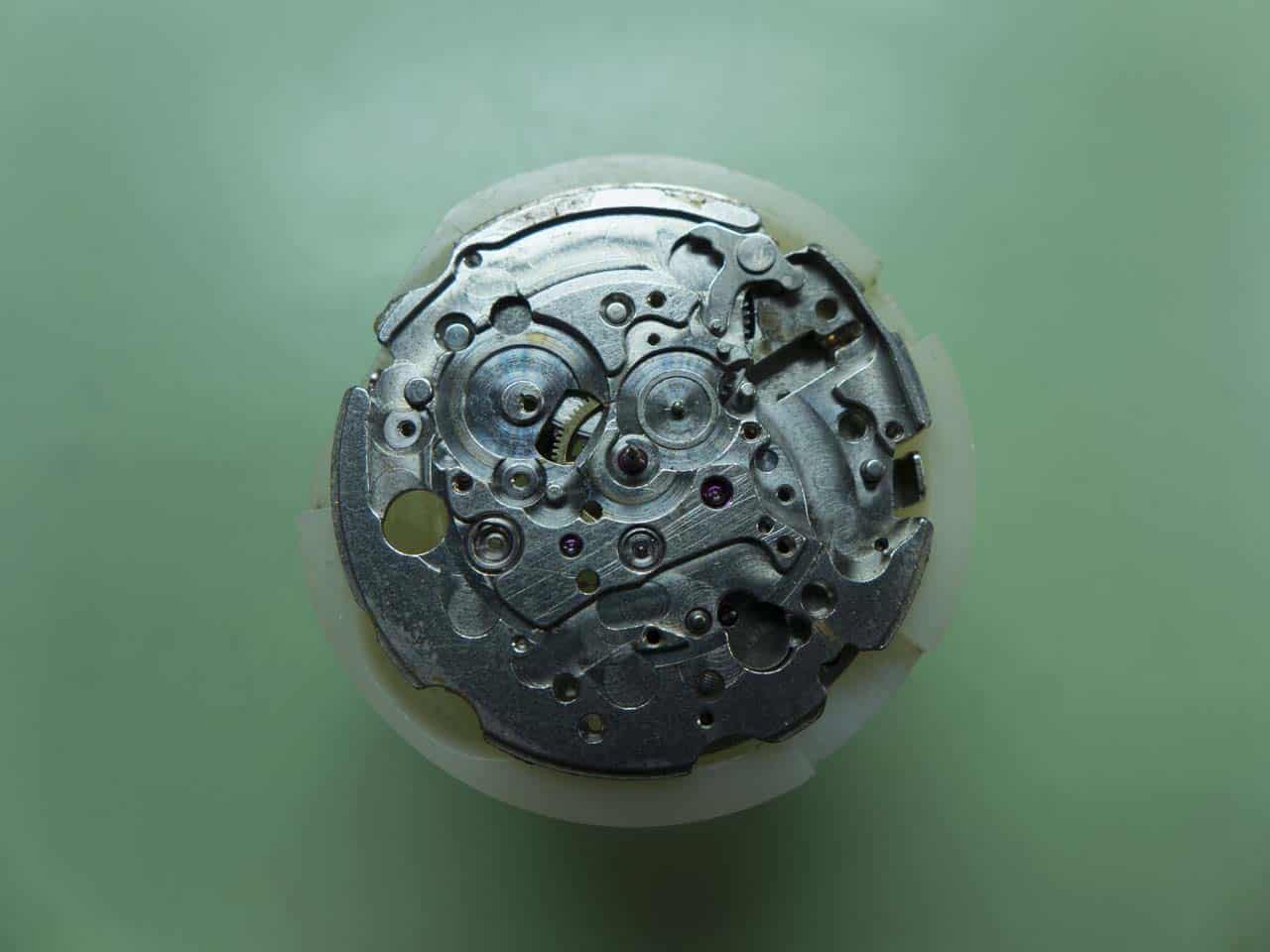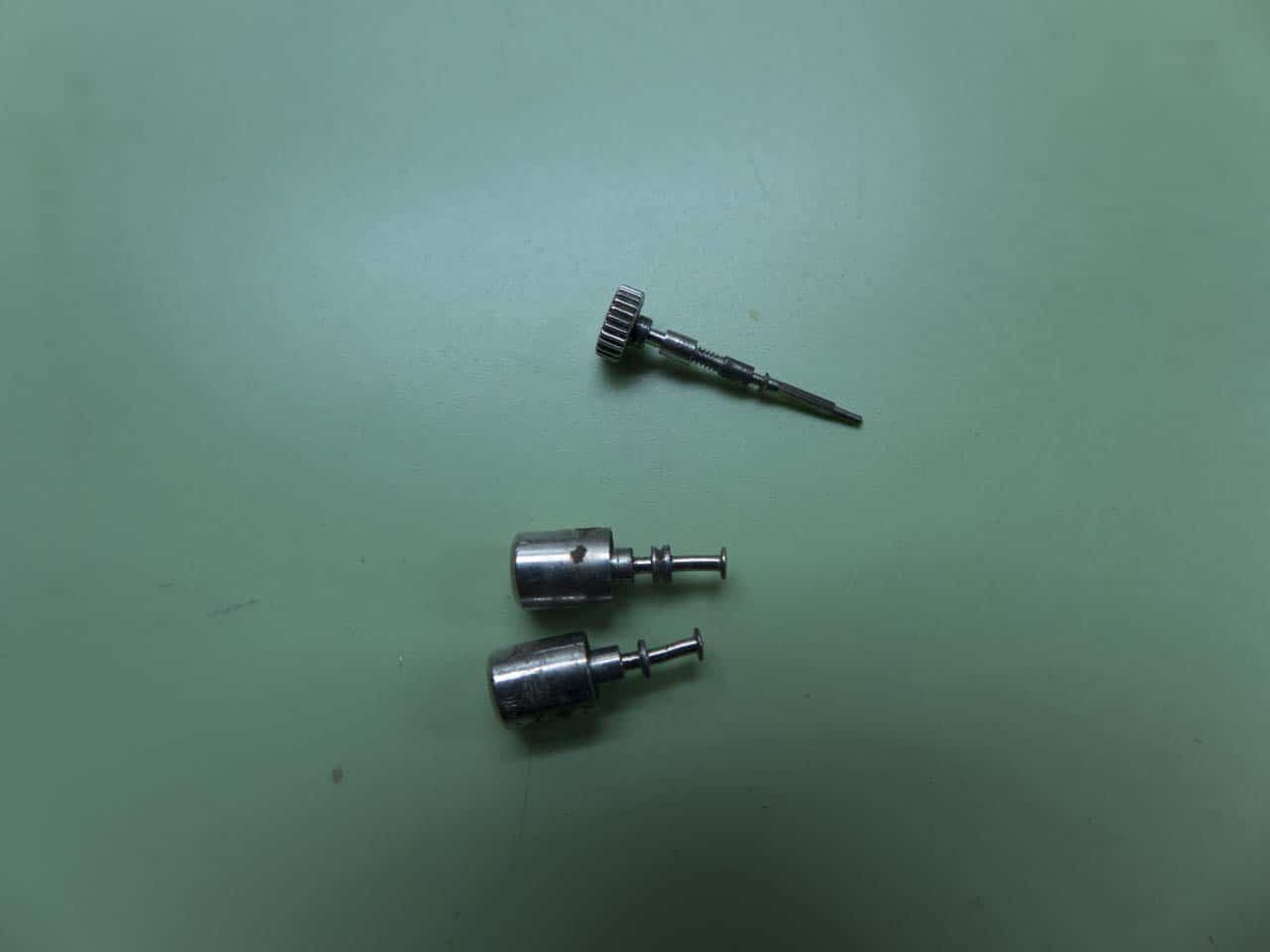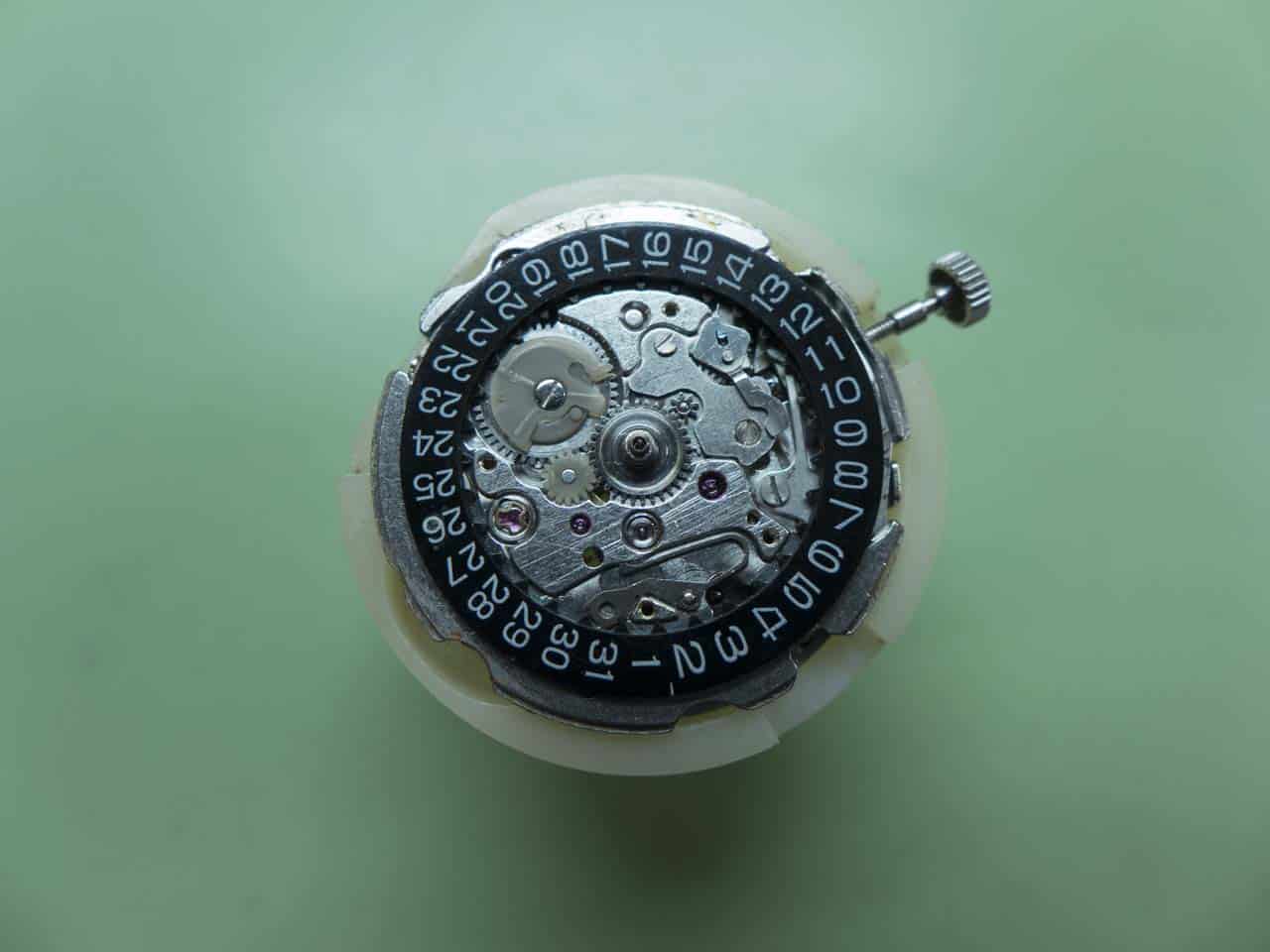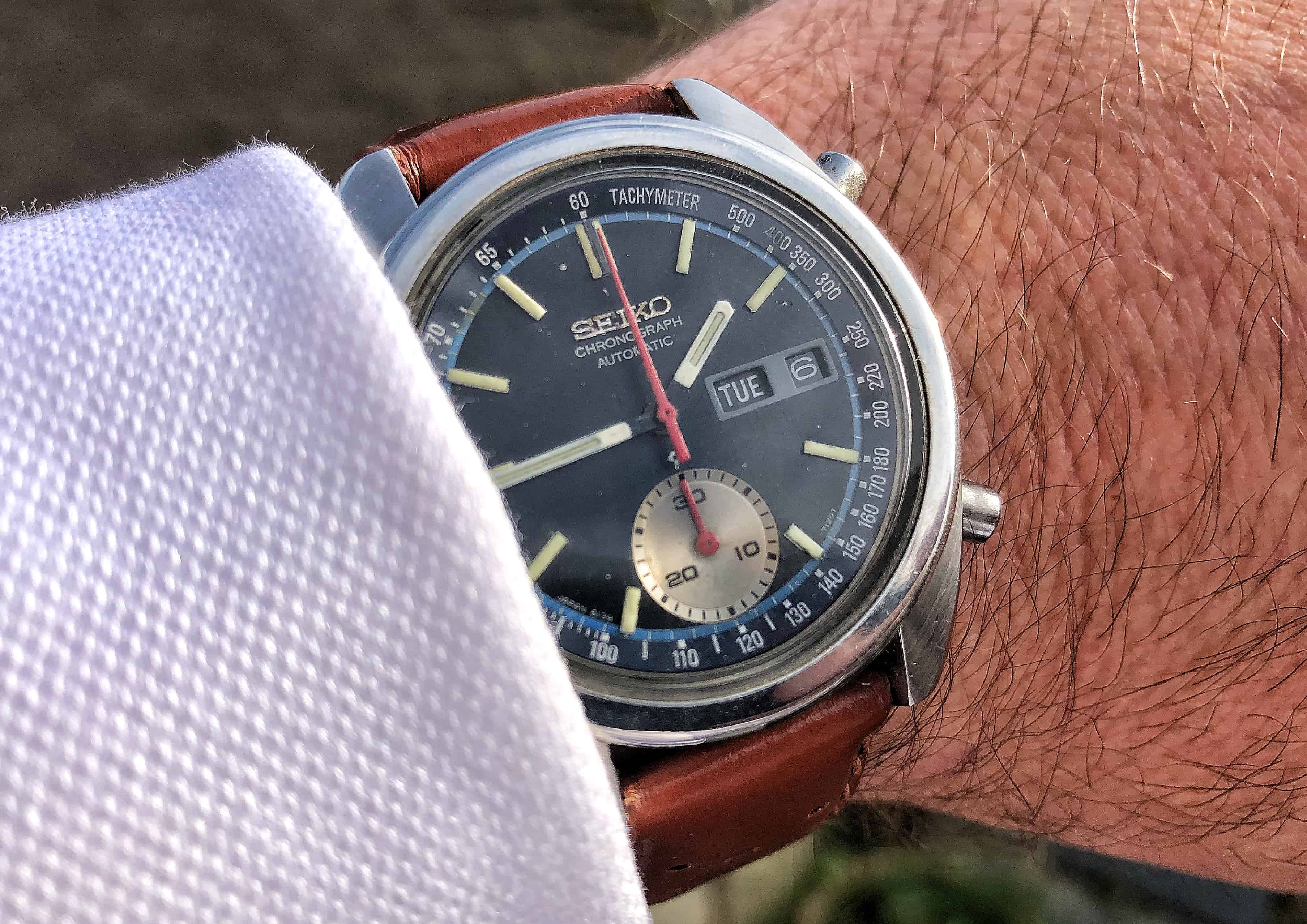Some watches lead pampered lives. They are kept carefully in their boxes, worn only for special occasions when there is little threat of alcohol-induced, watch-threatening silliness before being lovingly polished and put away again.
Then there is this Seiko 6139.
If it were a puppy, you’d have called the ASPCA by now. If it were a classic car and you were feeling kind, you’d have described it as a “barn find”—assuming the barn had a nasty rodent problem, exposure to a harsh North Sea salt wind and had burned down a couple of times.
I actually can’t remember how I came by it. It could have come as part of a trade or dropped in from eBay or maybe a forum cheapie. But things started well enough . . .
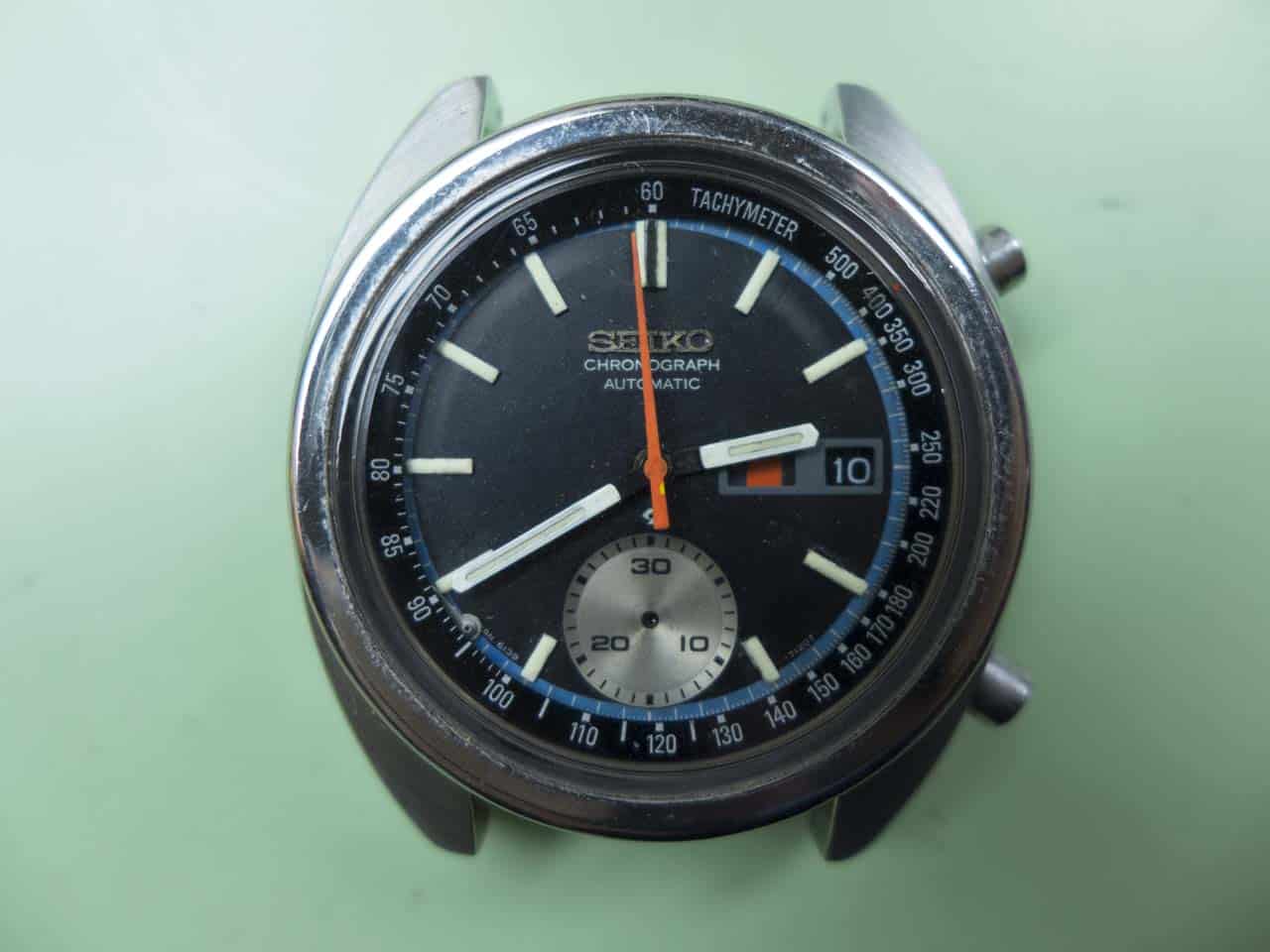
It was the classic “new-to-me” watch story. The initial falling in love via Internet photos, the first date as it arrives in the post, the unboxing and the starting to share life together. Then, the slow but sure fault-finding. The lateness and losing time. Noticing the wear and damage the years—and others—have wreaked. Hands that no longer quite hold properly. Then, the inevitable discarding and moving on to another.
Once the chronograph second hand finally gave up and wouldn’t reset properly, I dumped it in the Watch Graveyard (that’s what I call my office desk drawer). There it sat next to a G-Shock that needs a new battery, a Tissot Seastar that’s in want of a mainspring and a couple of Citizens that have fallen on hard times. I just assumed the movement was suffering the dreaded 6139 clutch problem. Spare parts? You’re having a giraffe, mate. So there it stayed, until just before Christmas.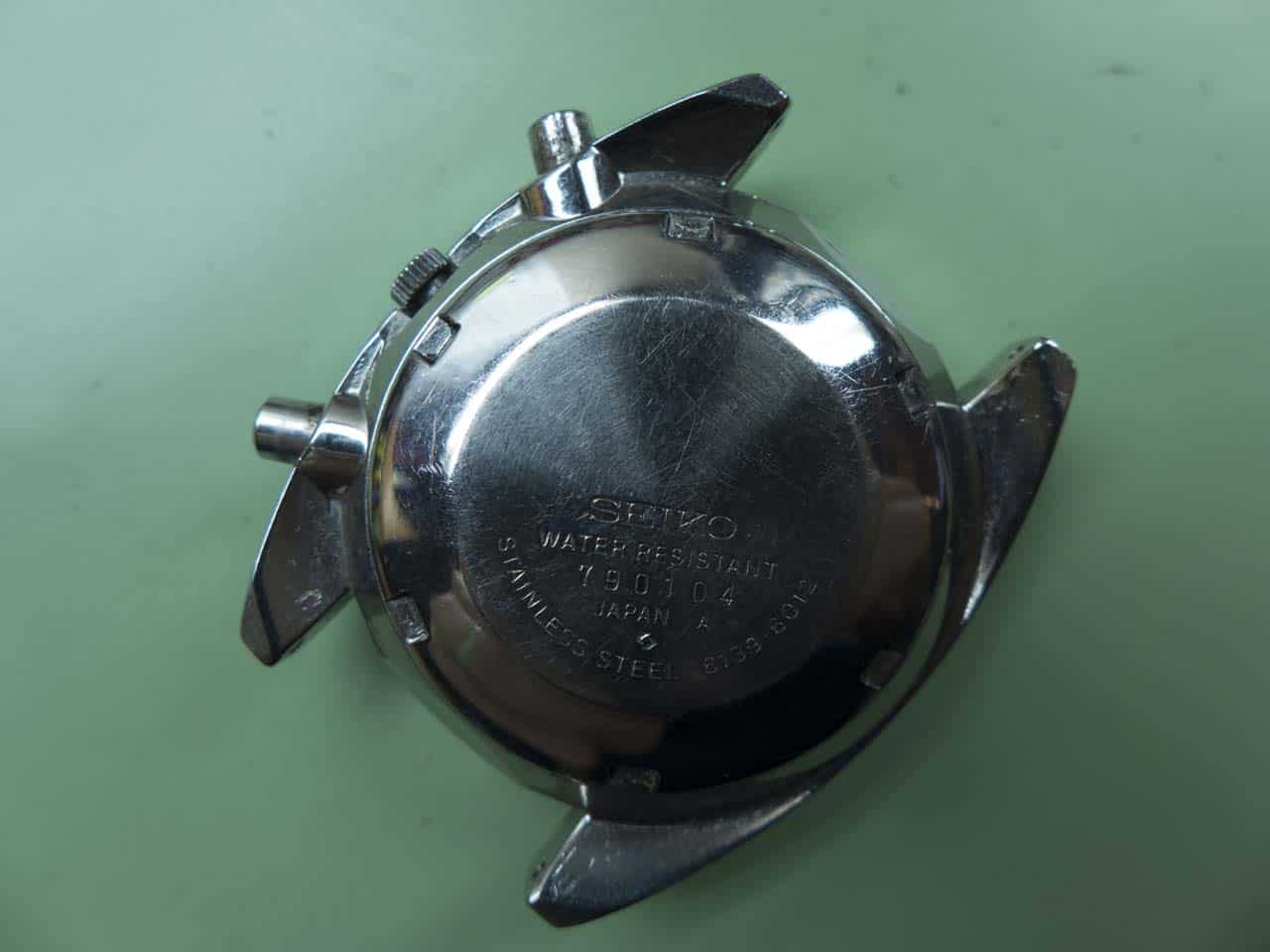 Every time I opened the drawer, the 6139 looked at me beseechingly. “Just take care of me and I’ll keep faithful time again,” it seemed to say.
Every time I opened the drawer, the 6139 looked at me beseechingly. “Just take care of me and I’ll keep faithful time again,” it seemed to say.









 Featured Videos
Featured Videos




